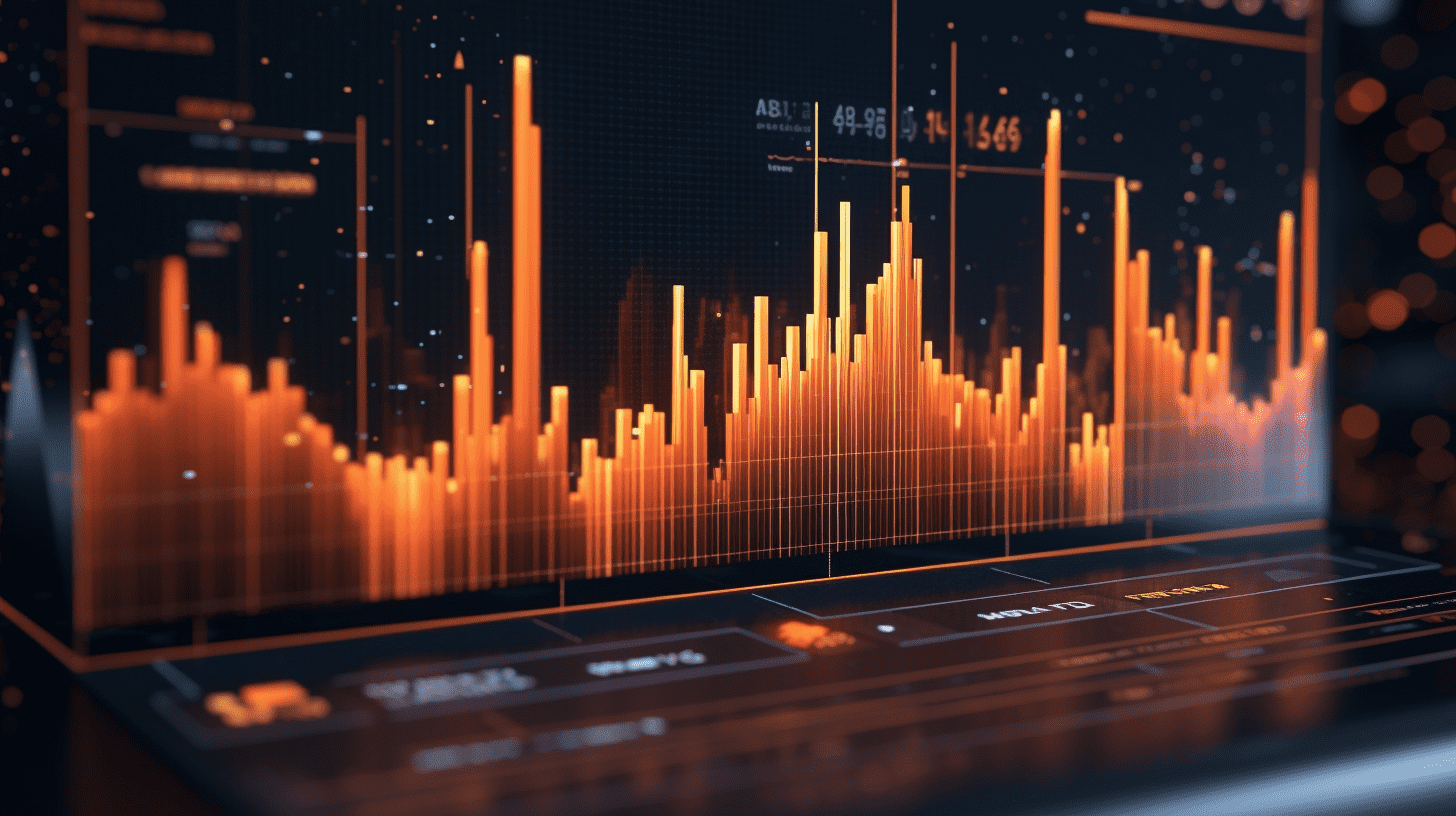Beware of the bear market rebound trap! Goldman Sachs: The current stock market is like a "rose with thorns"
In the past two weeks, the rapid rebound of global stock markets is typical of a bear market bounce, and this volatile fluctuation means that regardless of the sudden change in direction of the market, almost all investors will endure pain.
The rapid rebound of global stock markets in the past two weeks is typical of a bear market rally, and this volatile fluctuation means that almost all investors will suffer pain regardless of which direction the market suddenly turns.
Goldman Sachs strategist Peter Oppenheimer said, "The risk-reward ratio for stock investments is extremely unimpressive. Violent rebounds in bear markets are normal rather than exceptional."
The senior strategist emphasized in his research report that the biggest driver of the market is still uncertainty, and investors have not formed a real long-term consensus on whether to be bullish or bearish. Price fluctuations are mainly driven by short-term news headlines and market speculation on how rapidly evolving U.S. tariff policies will reshape corporate profits and valuations.
"The rapid reversal of tariff policies without causing lasting economic damage does indicate limited downside risks. But in terms of current valuations, the upside potential is limited as well," Oppenheimer wrote in the report.
This constrained investment environment where both upside and downside are limited has made decision-making process clouded by "headline risk," significantly increasing the difficulty of investing. Market participants face a dilemma: either chase the fading rebound but risk missing the exit opportunity, or completely miss another short squeeze rally. They want to avoid traps in the elusive macro environment while seizing fleeting opportunities.
Nomura Securities cross-asset strategist Charlie McElligott said, "This stock trading environment is suffocating, and it is the last thing anyone wants to see." When the outlook for tariffs was unclear at the beginning of April, many investors were forced to reduce risk exposure, but now they are forced to chase higher, with few holding sufficient positions to fully benefit.
McElligott wrote in a report that although most investors have doubts about future macroeconomic growth prospects, the stock index options market confirms the phenomenon of investors "being forced to rebuild positions with a pinch of the nose."
Historical experience shows that the momentum of the strongest monthly rebound in the stock market in April may have exhausted. Data shows that since 1980, the average duration of bear market rebounds in global stock markets has been 44 days with an increase of 14%. Although global stock markets have not officially entered a bear market this year, they have rebounded by 18% since the intraday low on April 7.
Academy Securities macro strategist Peter Tchir said, "Interest rates and risk assets will continue to be driven by news, with policy directions and trade agreements alternating to influence the market." He noted some signs of "slight easing" in the U.S.-China tariff stance and the progress of the budget case, but given that the Fed is not likely to provide support, "the market has already digested most of the expectations."
The key indicator of long demand for stocks through derivatives such as swaps and options - funding spreads - has diverged from the recent stock market rally. Goldman Sachs Managing Director John Marshall wrote in another report, "This indicates that macro investors are reducing their stock exposure during the recent rally." With the Fed meeting scheduled for this week, he expects market volatility to intensify, with the wording about the June/July policy being particularly important.
Systematic investors' buying volumes have steadily increased to support the rebound. Goldman Sachs trading department monitoring data shows that last week, systematic macro investors' buying volume rose to $51 billion, expected to reach $57 billion this week. They wrote, "Overall, the buying volume is not negligible but also not exceeding expectations, as rapid and repetitive signals may slow the pace of fund inflows, and the current volatile environment is more intense than before."
Other buying forces supporting the rebound seem to be more strained. J.P. Morgan's Tactical Positioning Monitor is currently in a neutral state, with weekly changes showing a "mild increase in position."
Hedge fund total leverage ratio has rebounded, now in the 96th percentile of the long-term distribution. Meanwhile, retail investors are increasing their risk exposure. John Schlegel, head of J.P. Morgan's Position Intelligence Team, said, "According to our data since 2017, retail investors have set a record for buying this month, with funds flowing into individual stocks and ETFs."
Related Articles

Federal Reserve survey: Despite the shadow of stagflation, most respondents still expect the central bank to cut interest rates within the year.

Winter is not over? Star hedge fund manager warns that U.S. stocks could still hit new lows.

German political scene suddenly changes! Merkel, who suffered a defeat in the "procedural vote" unprecedented since World War II, fights back in the parliamentary vote.
Federal Reserve survey: Despite the shadow of stagflation, most respondents still expect the central bank to cut interest rates within the year.

Winter is not over? Star hedge fund manager warns that U.S. stocks could still hit new lows.

German political scene suddenly changes! Merkel, who suffered a defeat in the "procedural vote" unprecedented since World War II, fights back in the parliamentary vote.

RECOMMEND

Goldman Sachs: Strong performance by tech giants boosts confidence, recent pullback provides a good opportunity to buy into the US AI sector.
06/05/2025

Hong Kong's foreign exchange reserves have once again reached a strong level, with the Hong Kong Monetary Authority subsequently selling $7.812 billion.
06/05/2025

Berkshire Hathaway Shareholders Meeting Q&A Live: Buffett Talks about Trade, Japan, and Cash Deployment in 2025.
03/05/2025


